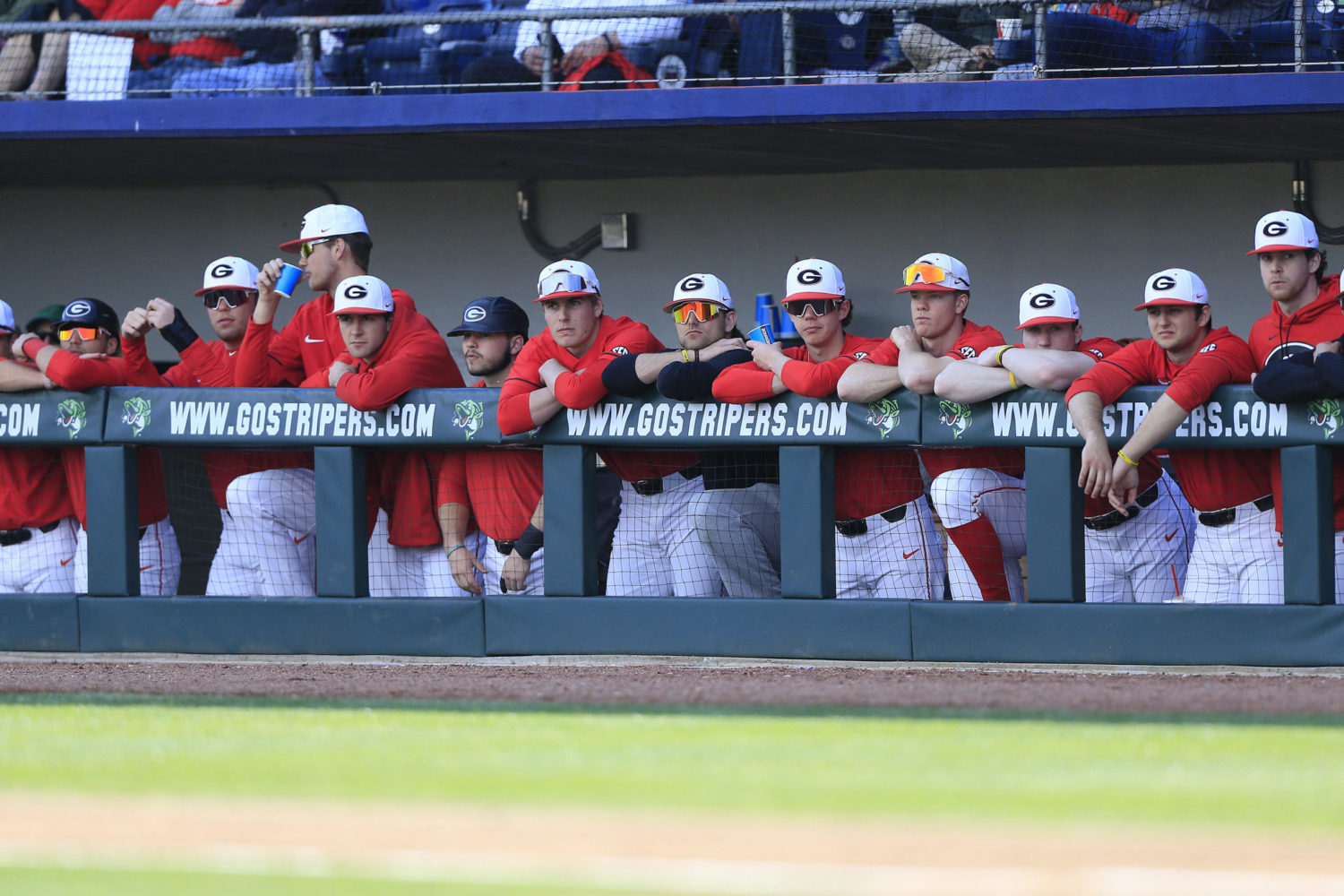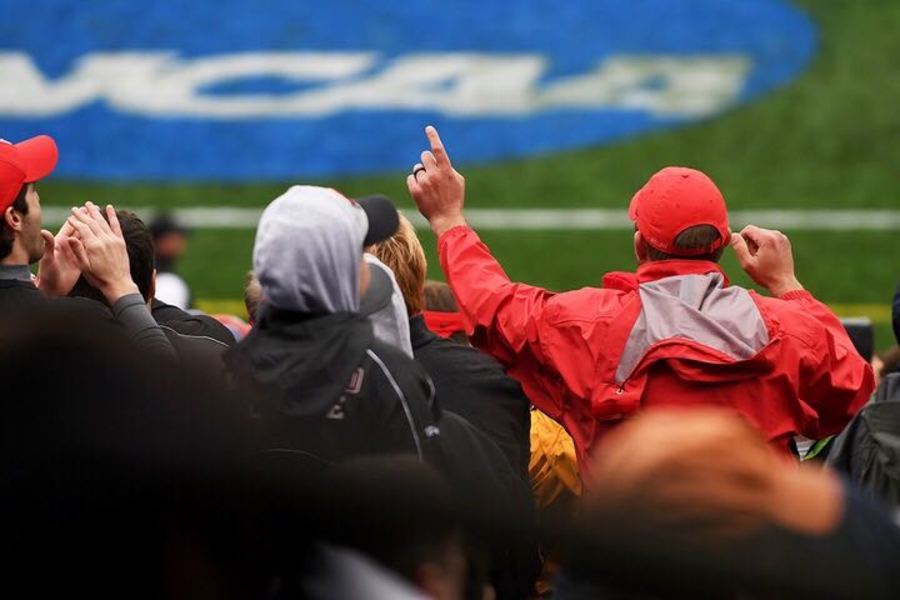By the time night fell on March 12, college sports as we’d always known them had ground to a halt. The dominoes had begun to fall early that morning, as men’s basketball conference tournaments were canceled one by one. The rest happened at once, a watershed moment in NCAA history as the national governing body canceled the remainder of its winter and spring championship events in one fell swoop.
In an instant, thousands of athletes in their final season of eligibility faced an abrupt and untimely end to their college careers. Almost immediately, those in charge began to consider how to make amends.
On March 13, the NCAA Division I Council Coordination Committee “agreed that it will be appropriate to grant relief for the use of a season of competition for student-athletes who have participated in spring sports,” according to a document circulated to member schools. The committee said it would address specific issues tied to scholarship limitations and financial aid at a later date.
That later date is now here. On Monday, the Division I Council will vote on this particular eligibility issue. The Council is made up of athletic directors, conference commissioners, faculty athletic reps, senior women’s administrators and current student-athletes, with voting weighted toward the Power 5 leagues.
But the vote is much more complicated than many have made it out to be so far, despite the coordination committee’s initial language and the fact that Division II ruled last week to grant its spring sport athletes an additional season of eligibility.
Making a similar decision across Division I would be significantly more expensive, which makes it significantly more complex.
Most high-level administrators support granting Division I spring sport athletes the opportunity to play in 2021, according to conversations with various athletic directors and conference commissioners this week. But they aren’t sure about the mechanics of actually making it happen — and committing to it financially while so much remains uncertain and the country appears to be headed into a recession. On Thursday, the NCAA reported that it would distribute just $225 million (of what was supposed to be $600 million) to its Division I schools. That’s a significant hit for many athletic departments. State schools are expecting to take another significant hit in terms of appropriations for higher education. Uncertainty regarding revenue from donations, endowments, television contracts and ticket sales remains, as athletic administrators grapple with the possibility of football season being canceled, shortened or adjusted in some form.
Can these same athletic departments afford to dole out financial aid for spring sport athletes for another year? Giving an additional season of eligibility to seniors on spring-sports teams could cost public schools in the Power 5 conferences anywhere from $500,000 to $900,000, according to a USA Today analysis.
“This isn’t just the rich schools choosing not to spend money on something,” one high-level Division I administrator said Friday. “This one is real. It does come down to money.”
That’s also true for schools that don’t have big-time football as a revenue producer; some FCS schools that offer a wide range of spring sports could be on the hook for up to $400,000, USA Today found. The uncertainty around higher education in general is enough to make administrators nervous. Will universities see decreased enrollment and deferments this fall? Will they even be able to open their campuses in time for the fall semester to start? There are questions beyond athletics that will need to be answered, issues of institutional support.
“The students have been through a lot, so trying to provide them an opportunity to be as whole as they can, with regards to their competition opportunities, I think, is something that we are generally supportive of,” Sun Belt commissioner Keith Gill said Thursday, adding that his league hadn’t finalized its stance on the issue just yet. “Financially, we’re all trying to figure out what this all looks like. There will be some hard decisions that we’ll have to make.”
In a perfect world, MAC commissioner Jon Steinbrecher said, it’d be easy: Give all athletes impacted four full seasons of competition. But there are operational questions that raise new financial issues. If you’re expanding the roster, do you have enough lockers in your locker room for all of them? Do you need to hire more athletic trainers, academic advisors or nutritionists? Those are all key logistical questions in addition to the big one: increasing the financial aid commitment.
“As a business decision, you go, ‘Wow,’ ” Steinbrecher said by phone Friday. “Is there a way you make it expense-neutral? It’d be a lot of money to commit (to spring sport athletes’ scholarships) when everyone’s taking incredible hits.”
The waiver that the D-I Council is looking at on Monday already exists for individual athletes to apply for in circumstances termed to be extenuating. If granted, it requires that the athletic department provide the same level of aid to that athlete for his/her extra year of eligibility. It’s the same sort of sentiment that exists, broadly speaking, when an athlete signs with a school and has a multi-year scholarship: The level of aid stays the same for each athlete each year. (So you can’t get your scholarship slashed just because you performed poorly or got hurt.)
Let’s call this waiver route Option A as we examine the spring-sport eligibility relief options. Option A would grant all schools the ability to self-apply the waiver for all 2020 spring athletes, with the aid matching whatever each athlete received in 2019-20. But it would also mean that schools would be carrying extra scholarships on top of those they’re already carrying for 2020-21, including incoming freshmen. Option A would relax the scholarship restrictions/financial aid limitations for one year to allow for this.
Option A is expensive, especially without knowing what the fall will hold and what revenue may or may not come in from football. So, there’s Option B, which would provide institutions with maximum flexibility: The NCAA could allow individual schools to determine how much, if any, they are willing to provide for each spring athlete in terms of aid for an additional year. In Option B, a school might tell one scholarship track athlete it could bring her back for her final season but only pay for room and board. Another track athlete might get offered a quarter of a grant instead of the half-grant she previously received. Individual athletes could and would get different amounts. This option would set up some very difficult decisions for individuals to make. A lot of spring-sport athletes already only receive partial scholarships and would have to weigh paying to play another year anyway — and potentially paying more than they have been.
Perhaps Monday’s vote goes a different way entirely, or the Council seeks extra time to work through the issue, but those seem to be the most likely of the changes being explored. Another possibility could be to keep the aid exactly as it is right now; if a coach has an extra scholarship or two on hand, he could bring a senior or two back but otherwise would be out of luck. Competing interests even within the Power 5 help make this such a complicated vote. The SEC brings in revenue from baseball, for example, while some northern conferences sponsor a wider array of spring sports that don’t bring in significant money for the athletic department.
University presidents in at least one Power 5 league have told their members that they don’t support a blanket waiver that includes increased aid. They do not want to increase the school’s financial commitment for one segment of their population — what about the musicians who didn’t get to perform in their semester-ending concert? — when they aren’t even sure the fall semester will start on time. Other leagues and officials seem rather conflicted heading into Monday’s vote. One Power 5 athletic director said he had no idea how the vote will go.
“You’re trying to project out and we’re in this great unknown,” Steinbrecher said. “We’re trying to make wise and prudent decisions without all the information. And that’s not a great way to make decisions.”




